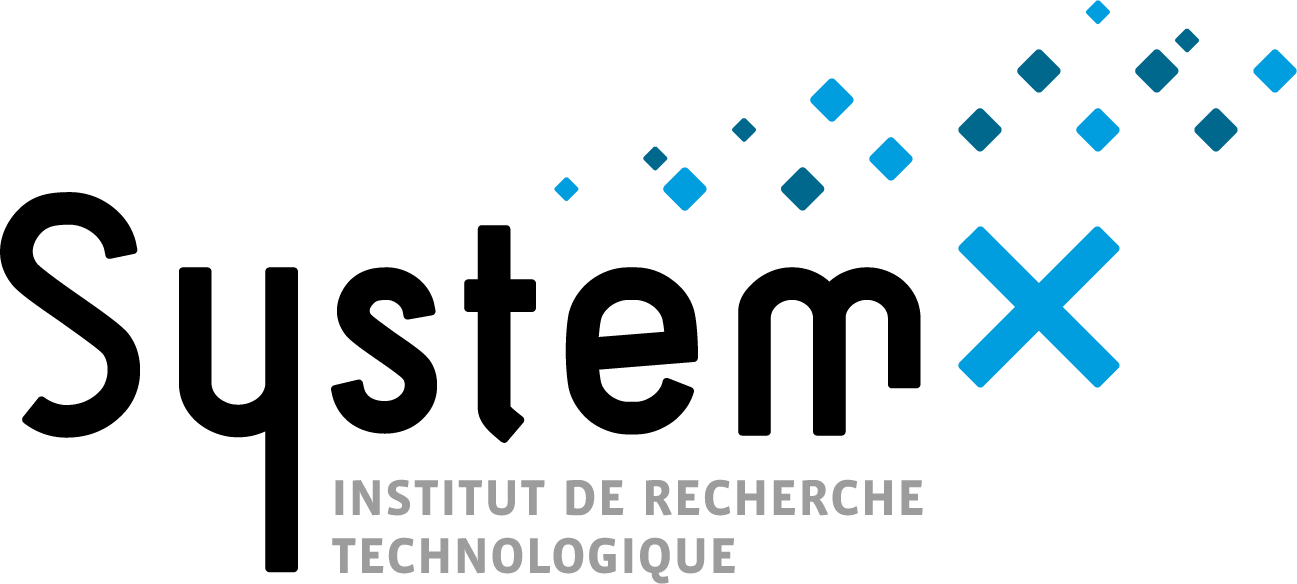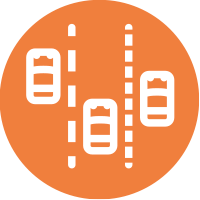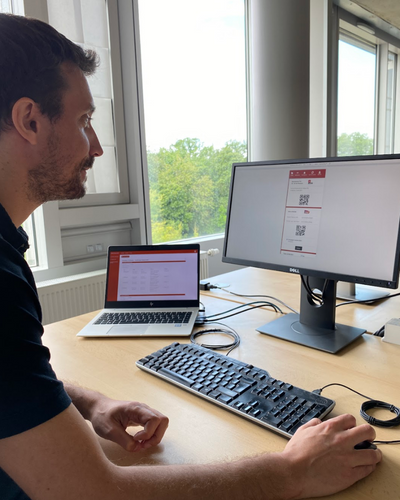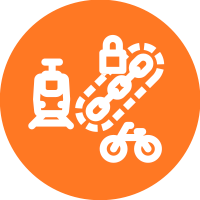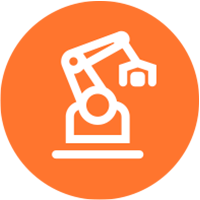In collaboration with SPIE CityNetworks, IRT SystemX has developed a decision-making tool for the use of dynamic lanes reserved for ride-sharing – OAD VR (Outil d’Aide à la Décision pour l’exploitation des Voies dynamiques Réservées au covoiturage). The solution has been the tested in partnership with the City of Lyon and is ready to be industrialised.
OAD VR is a console dedicated for road operators. The tool anticipates traffic conditions within a network and provides instructions to maximise the availability of dynamic lanes without having a negative impact on traffic on connected roads. Developments combine predictive traffic algorithms according to different time frames, a decision engine and an intuitive human-machine interface that provides real-time operating instructions. The operating modes of these innovative infrastructures were identified via modelling work.
In an effort to increase road traffic analysis capabilities, the institute tested an in-vehicle passenger counting solution on all lanes of a network. In partnership with the City of Lyon and Vinci Autoroutes, a system that integrates video cameras, an image processing protocol and an exploration portal was tested. The user flow generated offers unprecedented data. The scaling up this type of solution opens up promising avenues for dynamic and predictive network operation.
The experiments were conducted on the urban M6 and M7 highways in the City of Lyon. Together with the institute’s partners, we are examining ways to replicate these in other regions.
Yann Briand, Project Manager and Head of Future Mobilities, IRT SystemX
Interview
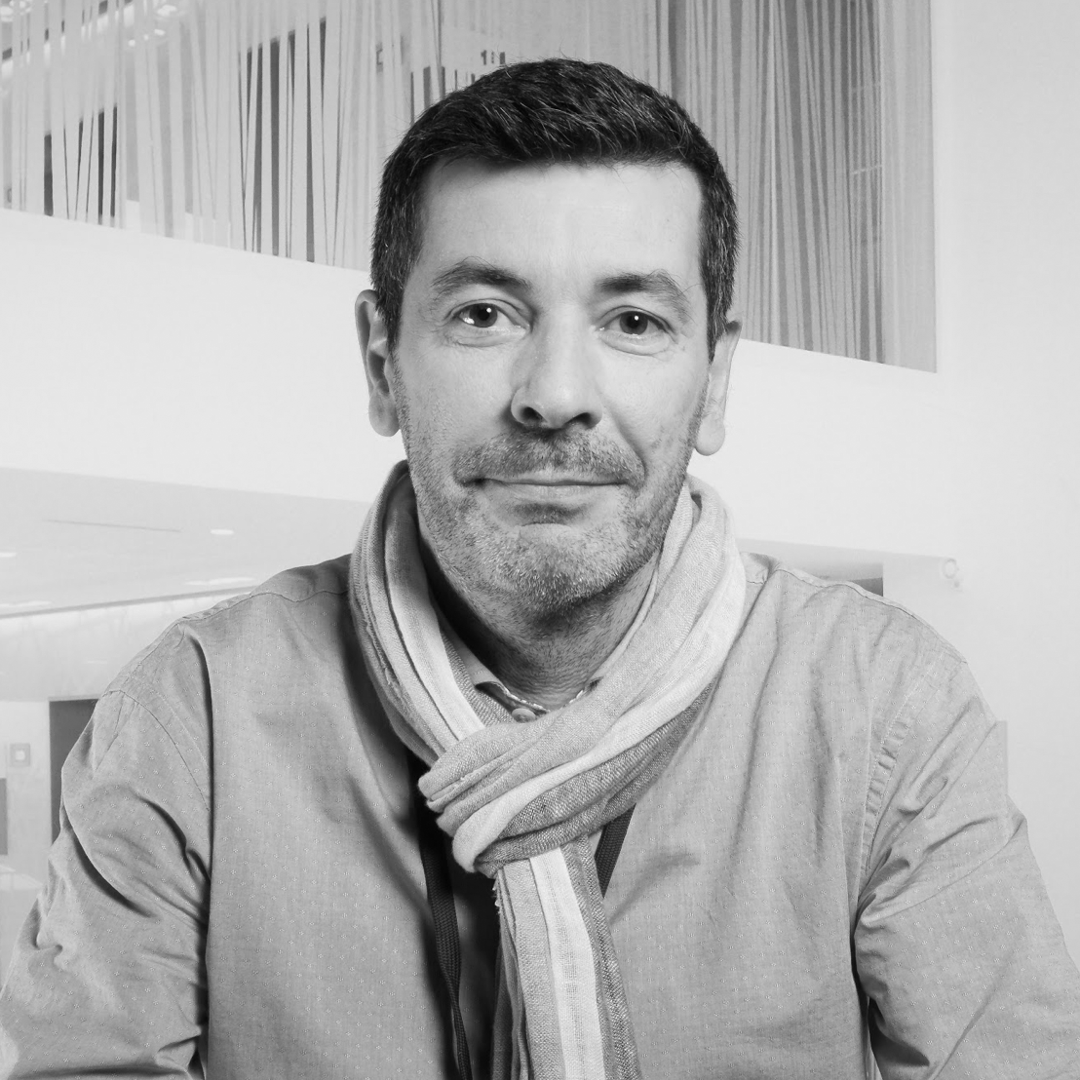
Guillaume Georgin
Service Manager – Mobility Information Systems, SPIE CityNetworks
To what extent is OAD VR a new response to the issues of using and regulating dynamic lanes reserved for ride-sharing?
OAD VR has led to two major innovations in the field. The first is concerns dynamic ride-sharing lane management which is currently under full development in France. Until now, this type of management has been very static. It is essentially based on the typology of trips in these lanes and especially on home to work travel. Thanks to OAD VR, these lanes can be dynamically assigned to ride-sharing use based not only on traffic but also on the events on the network. The second innovation concerns the anticipation and prediction that dynamic management brings. By relying on decision-support tools based on deep learning technologies linked to both historical and real-time traffic data, the use of these lanes is easier to optimise.
What did you gain from the experiments in Lyon?
At a technical level, we were able to validate the predictive traffic models up to a 95% degree of accuracy. This result reinforces the experiments we conducted and will help facilitate the industrialisation of solutions to respond to the current needs of the mobility market. IRT SystemX has the ability to mobilise an entire ecosystem of players, both private and public, and to unify their efforts around a common goal. As a stakeholder in this project, we were able to compare and evaluate the results of these experiments.
In the short and medium run, thanks to the demonstrator, we will be able to finalise our renewable energy blueprint and open up new fields of study on topics as diverse as energy management for buildings, setting up data centres, rolling out district heating networks, and establishing environmental and carbon compensation areas.
What is the outlook for this solution?
There are so many! In particular, I would mention the selection of our project as part of the call for innovations launched in 2021 by the France Mobilités association alongside Cyclope.ai, HERE, Lacroix and SystemX. It consists in implementing a dedicated system to optimise reserved lanes and intelligent intersections for the 2024 Olympic and Paralympic Games.
Beyond these experiments, SPIE CityNetworks aims to industrialise these innovations within the context of solutions that are currently used to support mobility players.
In the short and medium run, thanks to the demonstrator, we will be able to finalise our renewable energy blueprint and open up new fields of study on topics as diverse as energy management for buildings, setting up data centres, rolling out district heating networks, and establishing environmental and carbon compensation areas.
Scientific computing and optimization


